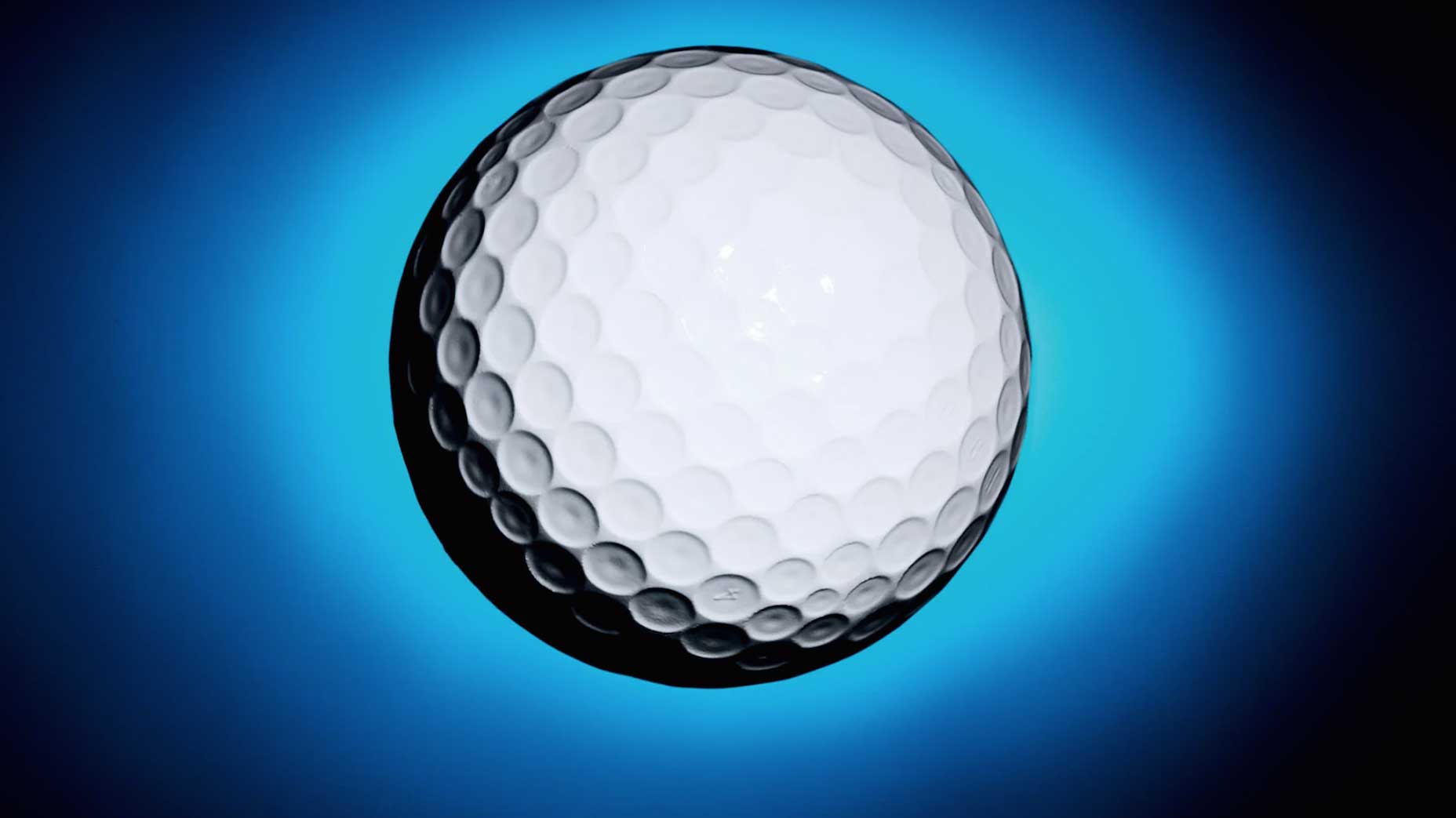Most of us have at least one golfing buddy who sneaks a few range balls in their golf bag before heading to the first tee. “There’s no difference,” they claim. Don’t listen to this person, though, because there is definitely a difference between range balls and retail balls. All golf balls are not created equal.
What about the difference between Tour-level golf balls and some of the lower-priced options, though? Do you really need to fork over $45+ to use the balls they play in the big leagues?
Well, premium golf balls are used on the PGA Tour for a reason. The top-tier golf balls are made to spin less off the tee, optimize distance on longer shots, provide control on shorter shots, and spin more around the greens for greater control. They have high-compression cores, multi-layer constructions, and they have urethane covers.
Srixon Q-Star Tour golf balls
The cover material on a Tour golf ball is especially important because urethane allows the grooves of a golf club to bite into the golf ball to create maximum friction. Inexpensive golf balls – often referred to as “distance” balls – are typically made with ionomer or Surlyn cover materials that simply don’t provide that same performance.
That difference in cover material is often what separates the high-priced golf balls from the lower-priced golf balls. With modern technology, however, the boundary between “Tour” and “distance” golf balls is closing. Golf balls such as Srixon’s Q-Star Tour occupy the space in between that was previously left vacant.
The Q-Star Tour golf ball, for example, has a urethane cover just like the material used on golf balls played by Tour players, except it’s available for $32.99 instead of the premium price tag. The difference, though, is that this level of golf ball is much softer than a true Tour golf ball.
Softer is not necessarily a bad thing, though.
As mentioned previously in the article, Tour golf balls have high compression cores. That means it takes a relatively high amount of force to “compress,” or deform, the golf ball to take advantage of energy transfer for more ball speed. Golfers with slower swing speeds don’t always have that necessary speed. Softer golf balls with lower compression, on the other hand, require less force to compress. Therefore, slower swingers may gain some distance from softer designs. On the flip side, high-speed swingers who play a low-compression golf ball may notice an increase in spin due to increased friction from the softer ball.
Additionally, many amateur golfers prefer the feel of a softer golf ball compared to the firmer feel of a Tour-level golf ball. That obviously varies on a case-by-case basis, though.
Ultimately, the decision of what level golf ball to play is yours. Premium “Tour” golf balls, as advertised, provide optimal performance (generally) throughout the bag, but they come with a firmer feel and high price tags. The middle tier, such as Srixon’s Q-Star Tour ball, offers urethane covers and a slightly softer feel at a reduced price; there could also be distance benefits for slower swingers. Then, the “distance” golf balls that have ionomer or Surlyn covers offer the cheapest price; some balls at this level offer a soft feel and low compression, but they also sacrifice a bit by way of performance due to cover materials, especially around the greens.
It would be wise to get with a professional fitter or local teaching professional to talk through your options, test out a number of golf balls, and see what makes the most sense for your game and budget. As always, happy testing!
